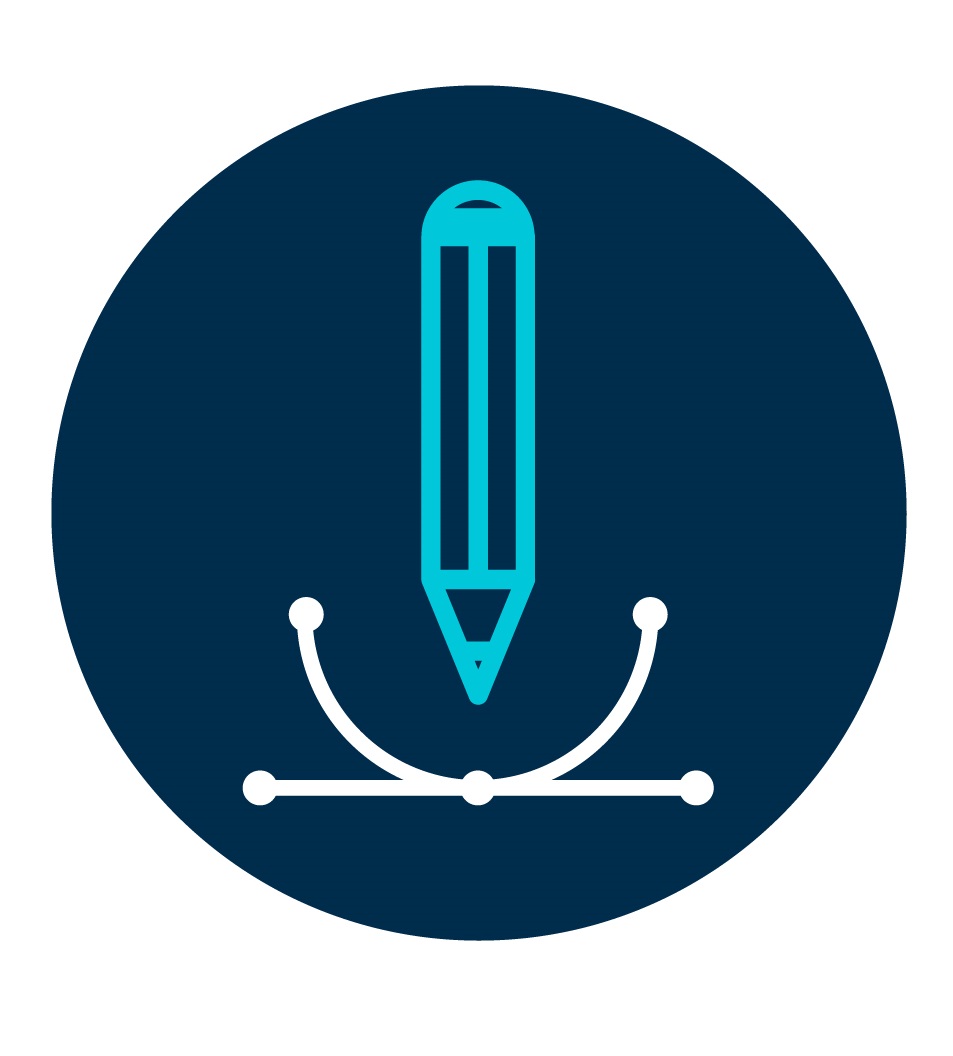Human Resources (HR) departments are no longer seen as they were once conceived. They have undergone a process of change, change of ideas, change of methodologies and, ultimately, a change of mentality.
Its main function went from being one of oversight to one of trust. The one they are now looking for is completely different: to create more productive and creative environments in the organizations. Thus, some entities speak of the figure of the person responsible for happiness or well-being.
According to the HR Trend Institute, “Agile HR” refers to a way of working and organizing of the HR function that facilitates responsiveness and adaptiveness of activities and structures, facilitating the flexibility in matching workforce fluctuations to demand, and the way the HR function supports the organization in becoming more responsive and adaptive.
Agile HR is a methodology that breaks with the rules established in Human Resources, since it gives prominence to people, collaboration and interactions between employees in the face of organizational processes.
With Agile HR, workers are valued as people and not as resources. It seeks to facilitate and encourage personal growth to take advantage of the employees’ different strengths and talents.
The Agile method was born in the United States in 2001, when a group of business leaders expressed their dissatisfaction within organizations when they saw that several projects had stalled due to such long deadlines and the lack of flexibility for their execution, since decisions made initially could not be changed during or at the end of the process, and as companies needed innovation, projects were lagging behind due to the time lag. Then it was determined that the constant change in work projects or software must be flexible and adaptable.
From that meeting, the Agile Manifesto was born, as a response to making software development more efficient. The document has four fundamental premises:
- Individuals and interactions over processes and tools: Processes help work. They are an operating guide. Tools improve efficiency, but without people with technical knowledge and the right attitude, no results are produced.
- Running software over exhaustive documentation: Being able to see in advance how the expected functionalities behave on prototypes or on the already elaborated parts of the final system offers a very stimulating and enriching feedback that generates ideas that were impossible to conceive at first.
- Collaboration with clients over contractual negotiation: Agile practices are especially suitable for projects that are difficult to define in detail at the beginning, or that if they were defined in this way would have less value in the end than if they are enriched with continuous feedback during development.
- Responding to change rather than following a plan: For a development model that arises from unstable environments, inherent in change and rapid and continuous evolution, response capacity is much more valuable than monitoring and assurance of pre-established plans.
In the case of Agile HR, its main objective is to create an attractive work culture in organizations. If people feel good, their way of working will be much better, knowing that the culture of fear and punishment have been put aside. Thus, the Agile HR Manifesto indicates that:
- Collaborative networks are above hierarchical structures
- Transparency is above secrecy
- Adaptability is more important than prescribability
- Inspiring and attracting is above managing and retaining
- Intrinsic motivation is above extrinsic rewards
- Ambition is more important than obligation
Agile HR’s benefit for organizations
Thanks to Agile HR, organizations will be able to have a faster level of response to workers’ demands, which in turn will facilitate the execution of projects by shortening production times and improving their efficiency.
However, these new projects could also bring new roles for employees, which could lead to confusion among them. That is why HR must be prepared to explain what will the new benefits of working with this new methodology be and the reasons why it is being applied. This will make the adaptation process much easier and more receptive.
For HR it is important to know how to manage this type of situations that generate uncertainty and also to know how to equip them with the necessary tools to carry out their new tasks with maximum effectiveness.
Implementing Agile HR
According to the report “Strategic Agility through Human Capital” prepared by the IESE International Business School in Barcelona, 42% of companies are in favour of applying the Agile method in Human Resources departments. That is why, when doing so, HR managers as well as business leaders take into account that they must be attentive to a series of aspects.
- First, through performance evaluation software, HR can determine what the company’s shortcomings are, which in turn allows departments to be organized by competencies that further optimize work.
- Second, it is important to have self determined employees able to adapt to changes. That is why processes, the exchange of ideas between departments and a good work environment must be facilitated.
HR must know how to identify the areas in which the staff must improve and facilitate their training process.
- As a third important aspect, HR must try to carry out teambuilding tasks and promote wellness plans and teamwork.
- The fourth important aspect to be able to apply the Agile HR method is to facilitate the communication process with employees, either in person or online, so that they can express what difficulties they have had when carrying out their work. In the long run, this will create a bond of closeness and trust.
Methods for applying Agile HR
Although the Agile HR methodology is based on promoting and enhancing teamwork within an ideal organizational climate, it is also true that to do so a work methodology is needed for its correct application.
Currently, there are three that are being applied successfully in organizations around the world.
- Agile Scrum: With this method, projects are divided into small blocks to be able to review them in short periods of time and thus make any correction that needs to be made easier. It is generally applied to projects that require last minute changes.
Its phases are not planned sequentially, but not for that reason each one of them is neglected.
- Agile Kanban: It is a production technique in which work instructions are given through colored cards to the different production areas.
The Kanban method, invented by Toyota to streamline the manufacturing process of its vehicles, is based on three fundamental pillars:
- Visualize the work and establish the phases through which the production cycle will pass.
- Specify what is the work in progress.
- Measure the time it takes to complete each task to establish short-term and long-term forecasts.
- Agile Lean: This method helps to build a cohesive, motivated, united and committed team to be able to carry out the tasks that correspond to it in the shortest possible time, leaving aside bureaucratic processes and putting staff above it.
It is not the strongest of the species that survive, nor the most intelligent, but the one more responsive to change.
The phrase belongs to English naturalist Charles Darwin and can also be applied to organizations, and in this case to their Human Resources departments, in the process of transformations that the business world is experiencing not only due to the advance in the use of technology, but because of the need to provide quick and agile responses to the requirements of the environment that surrounds them.



0 Comments